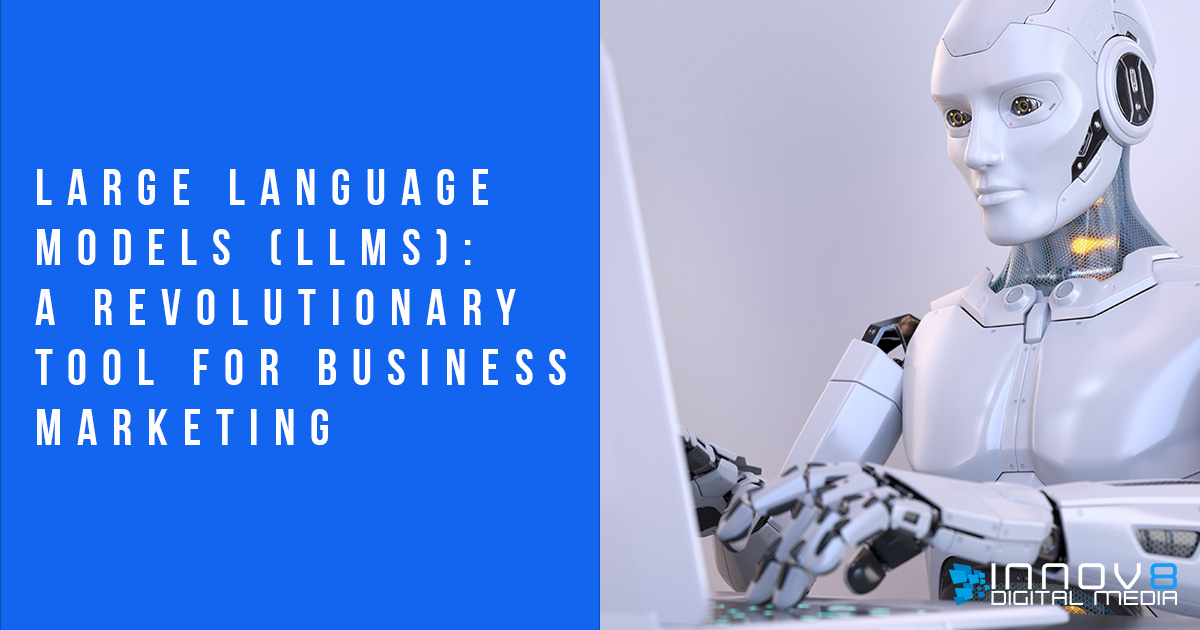 Adam Keith Milton-Barker 6667 2023-03-26
Adam Keith Milton-Barker 6667 2023-03-26
The marketing landscape has witnessed a dramatic transformation over the years, with the advent of digital technologies and the rise of social media. Businesses are no longer limited to traditional advertising mediums like television, radio, and print, but are increasingly leveraging digital platforms to reach their target audience. In this era of data-driven marketing, businesses are relying on advanced technologies like Artificial Intelligence (AI), Machine Learning (ML), and Natural Language Processing (NLP) to gain insights into consumer behavior and drive customer engagement.
One such technological breakthrough that has taken the marketing world by storm is Large Language Models (LLMs). LLMs are AI-based systems that can generate human-like language and respond to user queries in a conversational manner. These models have the potential to revolutionize the way businesses approach marketing, from content creation to customer engagement.
In this article, we delve into the features, similarities and differences between two of the most popular LLMs, Bard and ChatGPT, and provide insights on how businesses can effectively adopt them for their marketing campaigns.
What are Large Language Models (LLMs)?
Large Language Models are AI-based systems that can generate human-like language and respond to user queries in a conversational manner. These models are built on complex algorithms that analyze vast amounts of data to understand the nuances of language and context. The result is an intelligent system that can generate content, answer questions, and engage with customers in a natural and conversational manner.
LLMs are primarily based on two technologies, namely Machine Learning and Natural Language Processing. Machine learning involves the use of algorithms that learn from data, while NLP enables machines to understand human language and interpret its meaning.
Features of Large Language Models (LLMs)
Some of the key features of Large Language Models include:
- Language Generation: LLMs can generate human-like language, enabling businesses to create content that is natural and engaging. This is particularly useful for content creation, where businesses can leverage LLMs to generate high-quality, SEO-friendly content.
- Conversational AI: LLMs are designed to interact with customers in a conversational manner, answering their queries and providing them with personalized recommendations. This helps businesses improve customer engagement and build brand loyalty.
- Contextual Understanding: LLMs can analyze vast amounts of data to understand the nuances of language and context. This enables businesses to deliver personalized experiences to their customers, based on their preferences and behavior.
- Sentiment Analysis: LLMs can analyze customer sentiment and provide businesses with insights into customer behavior. This can help businesses identify potential issues and address them proactively.
- Multilingual Support: LLMs can support multiple languages, enabling businesses to engage with customers across different geographies and cultures.
Bard and ChatGPT: A Comparison
Two of the most popular LLMs in the market are Bard and ChatGPT. Let us take a look at their similarities and differences.
Similarities:
- Both Bard and ChatGPT are based on advanced AI technologies like Machine Learning and Natural Language Processing.
- Both models can generate human-like language and respond to user queries in a conversational manner.
- Both models are designed to improve customer engagement and drive customer loyalty.
- Both models can analyze customer
In conclusion, Large Language Models (LLMs) have brought about a significant transformation in the marketing landscape, enabling businesses to create engaging and personalized experiences for their customers. This article has focused on two of the most popular LLMs, Bard and ChatGPT, and highlighted their similarities and differences. While both models are based on advanced AI technologies and share common features like conversational AI and sentiment analysis, they differ in their training methods and the types of tasks they excel in. Ultimately, the choice between these two models will depend on the specific needs and objectives of the business. However, regardless of the choice, businesses can leverage these powerful tools to gain insights into consumer behavior and drive customer engagement.
Innov8 Digital Media provides artificial intelligence solutions that can integrate LLMs into websites and apps to enhance businesses' online marketing. Our AI solutions can help businesses to personalize content, improve customer service, and generate leads, all of which can help businesses to improve their online marketing. For more information please feel free to contact us.
Comments
Have any thoughts you would like to share? Use the comments below.